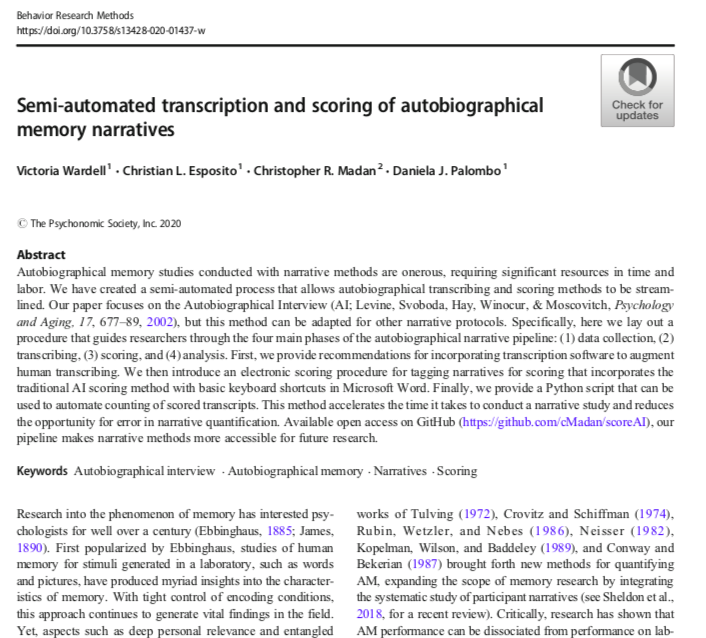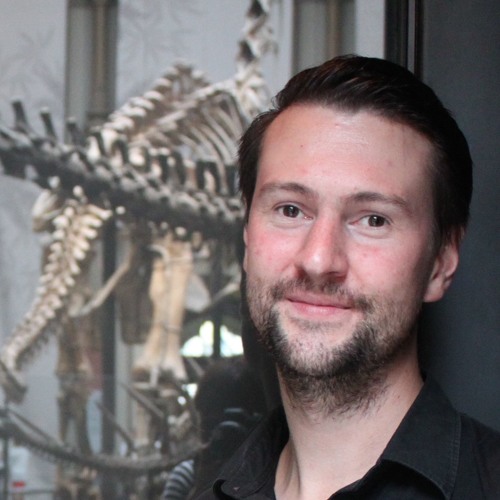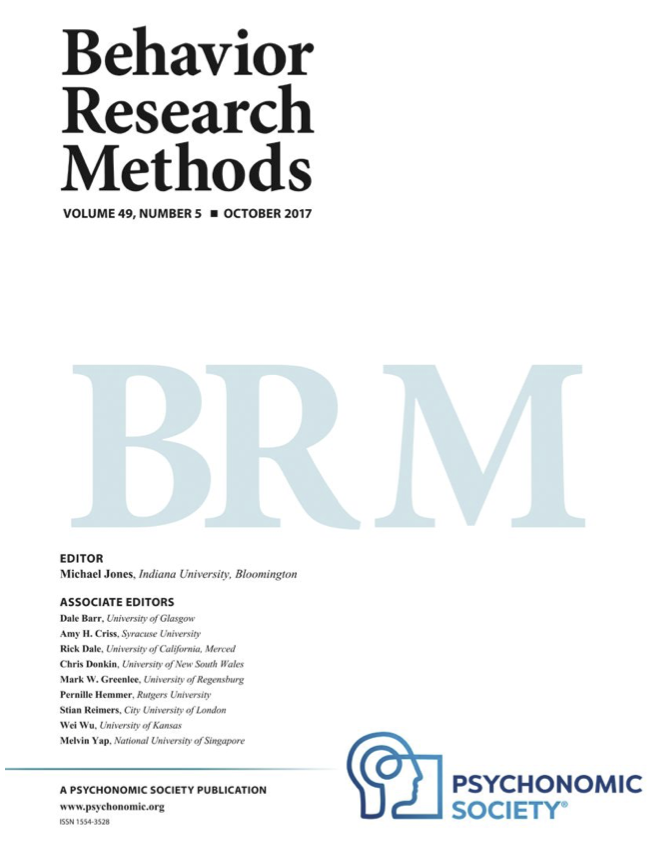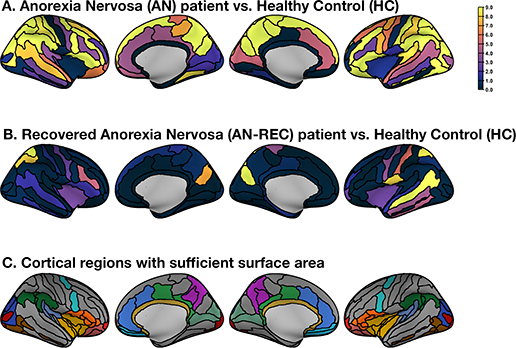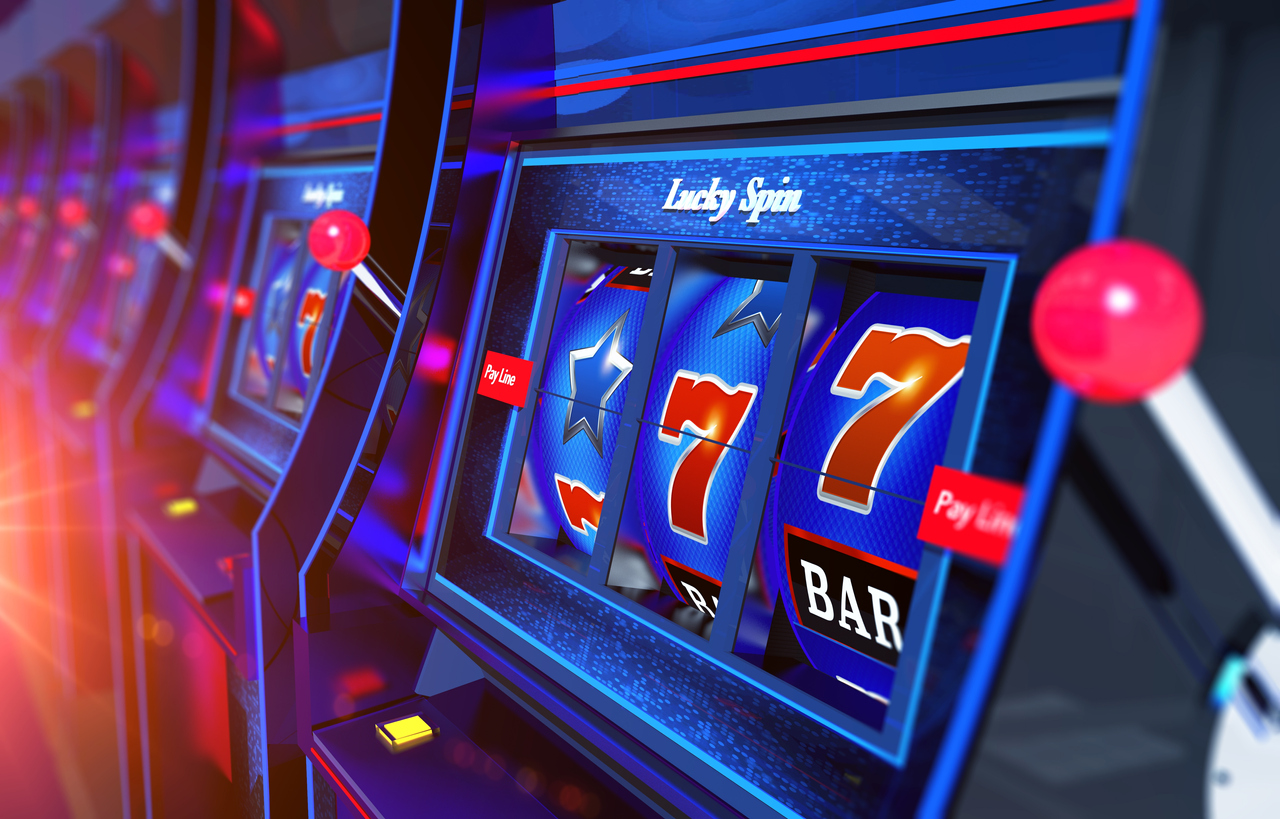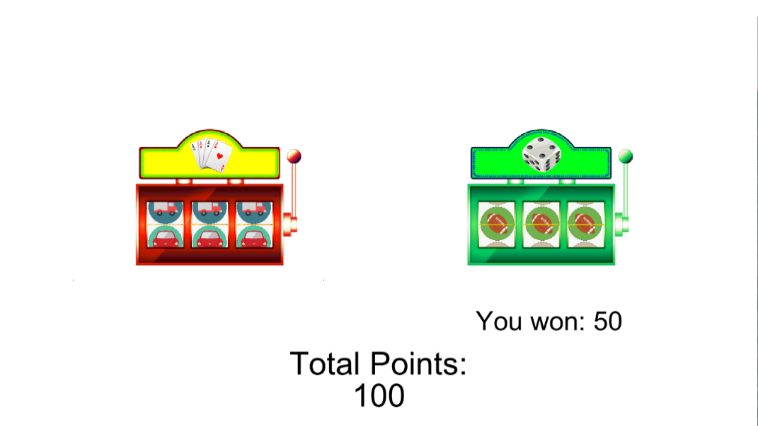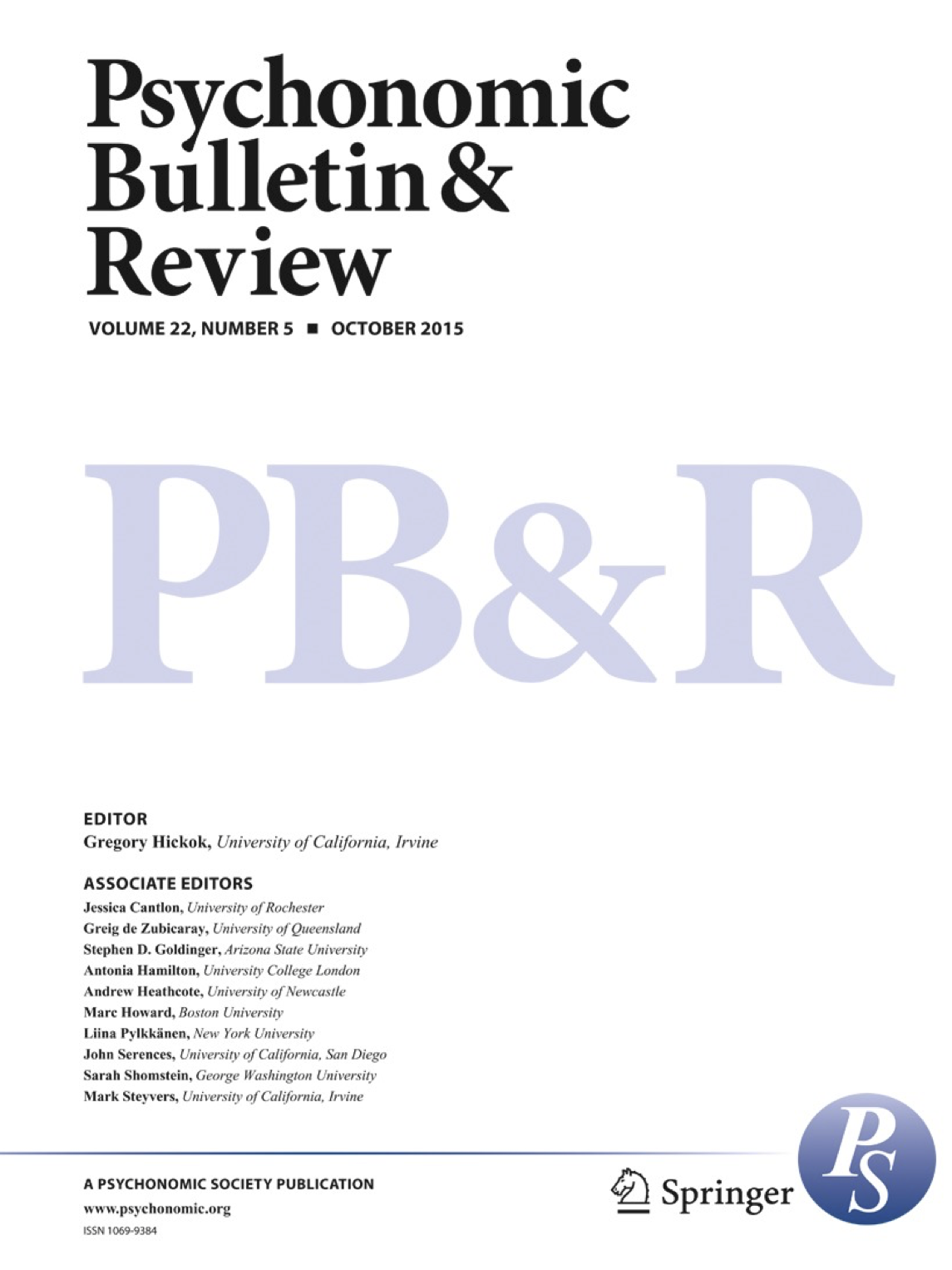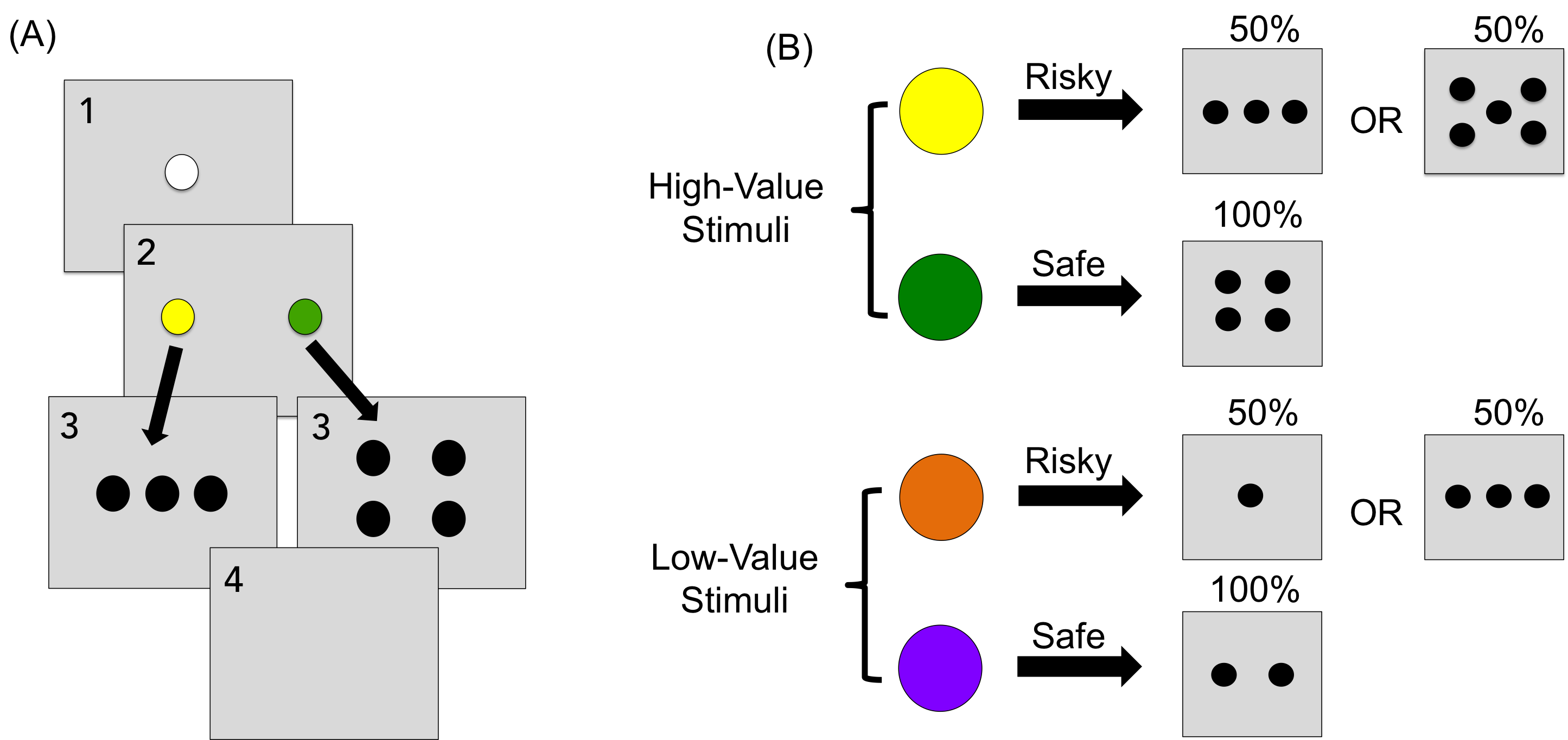Lab Updates
Considerations for Comparing Video Game AI Agents with Humans
Here I discuss some considerations and approaches for making AI agents comparable to humans–with an emphasis on AlphaStar, Atari 2600 AI agents, Rubik’s Cube solving algorithms, and AlphaGo.
Like comparative psychology, but with machines. I consider this my first “robot psychology” paper.
Semi-automated transcription and scoring of autobiographical memory narratives
New paper with Daniela Palombo and students in her lab!
“Autobiographical memory studies conducted with narrative methods are onerous, requiring significant resources in time and labor. […] Specifically, here we lay out a procedure that guides researchers through the four main phases of the autobiographical narrative pipeline: (1) data collection, (2) transcribing, (3) scoring, and (4) analysis.”
Virtual patients will help train future medics
Experts from the University of Nottingham and Isabel Healthcare will create an online learning platform enabling medical students and junior doctors to develop essential skills, even without face-to-face time with patients, thanks to funding from Innovate UK.
The funding will allow experts to create a learning platform using a unique combination of virtual cases and AI powered clinical decision support technology, that will help them to develop the knowledge, problem-solving and decision-making skills they need.
Neuromatch talk
Dr. Madan gave a short talk at Neuromatch 2.0, providing an overview of the fractal dimensionality work.
In memorium of Jon Tennant
I am very sad to say that our friend and collaborator, Dr. Jon Tennant, died in a motorcycle accident today.
Associate Editor at BRM
Dr. Madan is now proudly an associate editor for the journal Behavior Research Methods.
Cortical Complexity in Anorexia Nervosa: A Fractal Dimension Analysis
New paper with collaborators at the University of Padua!
“In this study, we aimed at exploring the morphology of cortical areas by means of FD in 58 female patients with Anorexia Nervosa (AN) (38 currently underweight and 20 fully recovered) and 38 healthy controls (HC). […] FD seems to represent a feasible method to explore cortical complexity in patients with AN since it demonstrated to be sensitive to the effects of both severity and duration of malnutrition.”
The sights and sounds of winning make slot machines irresistible
New research has shown that the sights and sounds of winning on a slot machine may increase your desire to play.
The study, published in Addiction was carried out by scientists from the University of Nottingham and University of Alberta and shows that that people prefer to play on virtual slot machines that provide casino-related cues, such as the sound of coins dropping or symbols of dollar signs.
Effects of Winning Cues and Relative Payout on Choice between Simulated Slot Machines
“In a gambling simulation, student participants chose more risky slot machines when payouts were relatively higher and when casino-related cues were associated with payouts. Pairing a neutral sound with the best payout did not consistently affect slot machine choice, and the effect of casino cues did not depend on their timing. Casino-related cues enhanced payout memory.”
Affect enhances object-background associations: Evidence from behavior and mathematical modeling
“There was no evidence of emotion-based impairment in cued recall in either of two experiments, including one in which we replicated the emotion-induced memory trade-off in recognition. Mathematical model fits indicated that the emotionality of the encoded scene was the primary driver of improved cued-recall performance.”
Dr. Madan on PB&R Editorial Board
Dr. Madan is proud to be part of the new Psychonomic Bulletin & Review editorial board.
The power of nothing: Risk preference in pigeons, but not people, is driven primarily by avoidance of zero outcomes
New paper looking at risky choice in pigeons, published in Journal of Experimental Psychology: Animal Learning and Cognition.
“Both species showed risky choices consistent with an overweighting of extreme outcomes when the low-value risky option could yield an outcome of 0. When all outcome values were increased such that none of the options could lead to 0, people but not pigeons still overweighted the extremes. Unlike people, pigeons no longer avoided a low-value risky option when it yielded a nonzero food outcome.”

